The first fort, originally called the Kernwerk, was built in 1828-1842 on a hill just north of the city, an area now called Citadel Park. At around the same time, the Old Town was snugly encircled with a ring of walls and bastions, only one of which remains to this day - the Colomb Bastion, which now houses the Fort Colomb Pub - and the Warta River was peppered
with locks. Enthusiasts of hydrotechnology can still visit one of these, the Cathedral Lock, which is now part of the Porta Posnania Interactive Heritage Centre, and in excellent shape after a much-needed refurbishment.
In the second half of the 19th century, defenses were strengthened even further by building a system of 18 forts in a much larger, 30-km-long ring around the city. The nine main forts - numbered I to IX - were completed in the 1780s. Afterwards, gaps between them were filled in with ‘intermediate forts’, numbered Ia-IXa, with the last brick probably laid sometime in 1896. By this time, the inner ring of fortifications was outdated and hampering the city’s growth, so in 1902 the decision was made to tear down the old bastions and walls. This made room for the Imperial Castle and other, badly needed expansion. To keep things simple, outer forts were renamed after the inner bastions - this is why Colomb Bastion and Colomb Fort are both named after Friedrich August Peter von Colomb, a Prussian general. The dismantling of the inner fortifications wasn’t finished before the WWI rolled around, and it was continued by Polish authorities in the interwar period, after Poznań was returned to the newly resurrected Poland.
The city’s imposing defenses were tested only once, and not by the Prussians, but by the Nazis. In January 1945, as WWII was drawing to a close, 40,000 German troops hunkered down in the fortress to stall the Red Army’s advancement. The resulting Battle of Poznań lasted for a full month. Though the fortress ultimately fell to the 100,000 Soviet soldiers (and some 5,000 Polish ones), it proved difficult to breach - especially the Citadel, which was the last to fall, and which sustained little damage, even as most of the city was reduced to rubble.
When the communist regime took over following WWII, the forts fell into disrepair. Today, a few have been shaped up - at least partially, as renovation works are mostly ongoing - and are open to tourists, in various forms. Unfortunately, despite being considered a major asset by Poznań, and even arranged into an official ‘Fortress Route’, on the whole frustratingly little has been done to make the forts viable tourist attractions. The majority remain in private hands and are considered private property - trespassing prosecuted by law. No matter what google maps might tell you about them being open 24/7 (we were certainly fooled), many are actually behind tall fences, so it’s difficult to even catch a glimpse from the outside. Fortification enthusiasts have only a few chances to visit these closed-off structures during special events, such as the ‘Fort Weekend’ which takes place annually in August.
That being said, the few that are open to the public - forts III, Va, VI, and VII, the last of which houses the Wielkopolska Martyrs Museum - are absolutely worth visiting. We list those below.


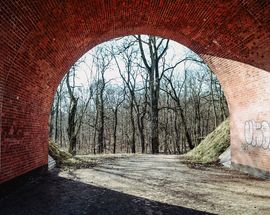
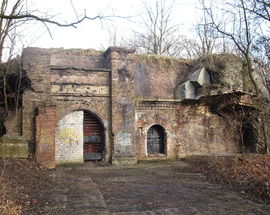
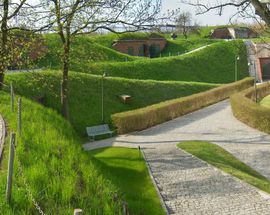
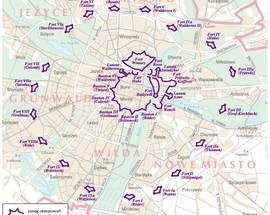
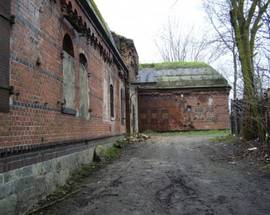
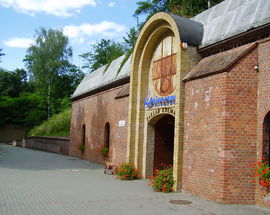
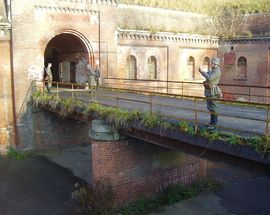
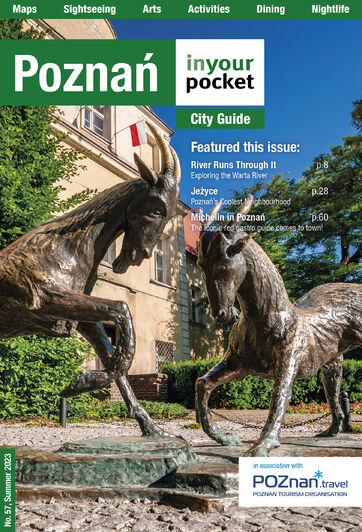
Comments